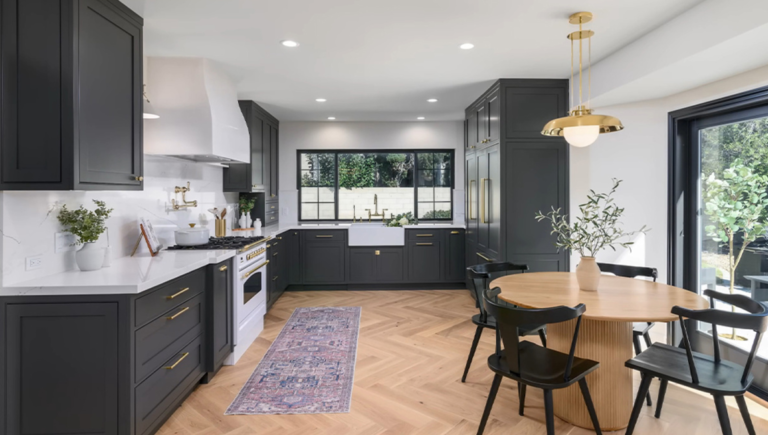Real estate photography is evolving, and staying ahead of trends can give you an edge. From storytelling techniques to advancements in editing, adapting to these trends could redefine how you approach your work.
Coming to you from Nathan Cool Photo, this informative video highlights story-driven content as a key trend for 2025. This approach focuses on creating a first-person perspective to connect with viewers on a personal level. Unlike traditional ads or listing descriptions that list features, story-driven content brings a property to life. For example, instead of just photographing a kitchen, you might show what it’s like to cook or entertain there. This method, popularized by platforms like Instagram, helps clients cut through ad fatigue and build genuine connections with their audience. Social media’s role in real estate marketing makes this trend one to embrace.
Another major trend discussed is AI-powered editing, which continues to gain traction. AI tools like Photoshop’s generative fill allow you to remove or modify elements in images quickly. This eliminates the need for extensive on-site adjustments or outsourced editing. Offering AI-enhanced edits as an add-on service can save time and open opportunities to upsell. Clients appreciate solutions that enhance photos while maintaining fast turnaround times. As AI tools evolve, learning to integrate them into your workflow is becoming essential.
Cool also touches on the enduring importance of video. While virtual tours saw a spike in popularity during the pandemic, videos are now outpacing them, especially on social media. Clients often prefer short, engaging walkthroughs or Instagram Reels that showcase a property’s layout and atmosphere. Unlike virtual tours, videos are easy to share and align with how audiences consume content online. Offering both traditional property videos and social media-friendly formats can cater to a wider range of needs.
Gear trends remain relatively stable, with no significant advancements in camera technology for real estate work. High-resolution cameras with excessive megapixels are unnecessary for this field. Instead, mid-level cameras deliver excellent results at a reasonable price. Investing in tools that streamline your workflow, such as mobile gimbals for vertical videos, can have a greater impact than chasing the latest flagship models. Check out the video above for the full rundown from Cool.
